Table of Contents
We all know that a marine aquarium means a lot more work than a freshwater aquarium. This is, because marine fish require stricter water parameters, especially concerning its pH, temperature as well as salinity. In order to keep this all intact, you really must pay attention to their correct range; and make it a habit. Once you have your aquarium up and running, your saltwater fish added, and you’ve cruised past the initial cycling period; how are you going to progress and keep everything running smoothly? In this article, you’ll learn how you can maintain a saltwater aquarium.
Regular Water Maintenance Tasks for Saltwater Aquarium
Daily
Checking Salinity
A heated saltwater aquarium even with a tight-fitting lid loses its water due to evaporation. In case of occurrence you will know that your aquarium salinity increases, this is due to when the water leaves the tank the salt stays; and thus becomes more concentrated. To correct this, you must add heated water daily, regularly. Doing this task is odd; but it will really ensure the correct salinity, and to check, you might want to invest in a hydrometer.
Check your water temperature.
The only water parameter you ought to check daily is temperature. Do not rely on sticky; external temperature but rather on a submerged temperature as it yields accurate results as well as convenience and long-lasting. Check it daily to ensure your heaters are functioning at their optimum state. Remember, saltwater fish are not happy when cold and easily sicken, which can lead to unfortunate occurrence of death.
Weekly
Changing Water
For the first few months, you will need to keep a strict water change schedule for your aquarium. This is because it takes time for it to cycle and your water quality levels to be balanced; considering all the fish, invertebrates, shrimp, or coral and any biological filtration you have. Once your tank is fully cycled, you may still have a few hiccups occurring over the first 6-8 months. Regular water changes will keep these from becoming a big frustration.
When you are to perform it, you must use a gravel or sand siphon to get into the deeper layers of your substrate. This will help to not hurt the bacteria living in your substrate. Also, if you can; you might want to move your decors or rocks and vacuum underneath, and you’ll be surprised by how much debris can pile up on these elements.
Maintaining Filtration
A crucial part of your water change regimen is inspecting your filter media. It does not matter much what kind of filter media you choose, but rather its effectiveness to keep water flowing freely and not get clogged by debris. You never want to replace all your filter media at the same time, as you risk losing beneficial bacteria that make up the biological filter. Once a week, you are tasked to rinse and use most of your filter media unless some are falling apart. After collecting water waste from the water change, use that water to rinse your filter media. You must never rinse your water media in saltwater because you’ll lose the beneficial bacteria it contains.
After that, be sure to wipe out the filter container and replace the media. Remember that it will not look nor smell clean, but this is the whole point, as we really need to keep the biological filtration bacteria in their place.
Scrubbing Algae
Fish and water always result in algae, and there’s no changing that. If you have corals, their need for strong lights often makes algae problems much difficult to handle. Thus, a great solution will be scrubbing your glass or acrylic tank walls with an appropriate scrubber, weekly to help diminish algae build-up.
But, if it persists and if your algae problems seem to be severe, it is often linked to poor water quality, so check that. High levels of phosphate and nitrate cause algae formation to be excessive.
Making Saltwater
If you are keeping saltwater fish, you will need to collect or make saltwater for them. If you live near a beach and plan on utilizing it, you must first make sure it is properly tested and is allowed by your local laws. It is strongly recommended that you sterilize the collected “wild” water for at least a day with a UV sterilizer, this will give assurance that you do not bring any dangerous or nuisance pathogens in the wild.
If you do not have access to ready-made saltwater, you are expected to make your own. You can start with a tap, well, or RO water.
- If you are using tap or well water, have it tested prior to making your saltwater, using a de-chlorinator chemical to aid in the removal of chlorine from your water.
- If you are utilizing Reverse Osmosis (RO) filtered water, it is best for mixing a salt solution already and do not need prior testing
Next, you are to add your salt mixes, with respect to the liters of your water. The measurement varies depending on the specific salt mixes, you must specifically abide as poor saltwater or too strong or too mild can have an impact on your fish.
Conclusion
Make sure to consider that corals require more phosphate and carbonate to make their rocky homes, and they need coral-specific salt mixes. Thus, if you are a beginner, it is advised that you start with fish only to learn the basic intricacies. Adding corals will require a more specialized aquarium, light, water flow, water quality as well as other different water requirements, touching the basics of it can be learned when you first start off easy by only adding fish and maintaining them to your aquarium. Maintain your saltwater the right way, and you’ll surely succeed in this great and fulfilling marine fish petting endeavor!

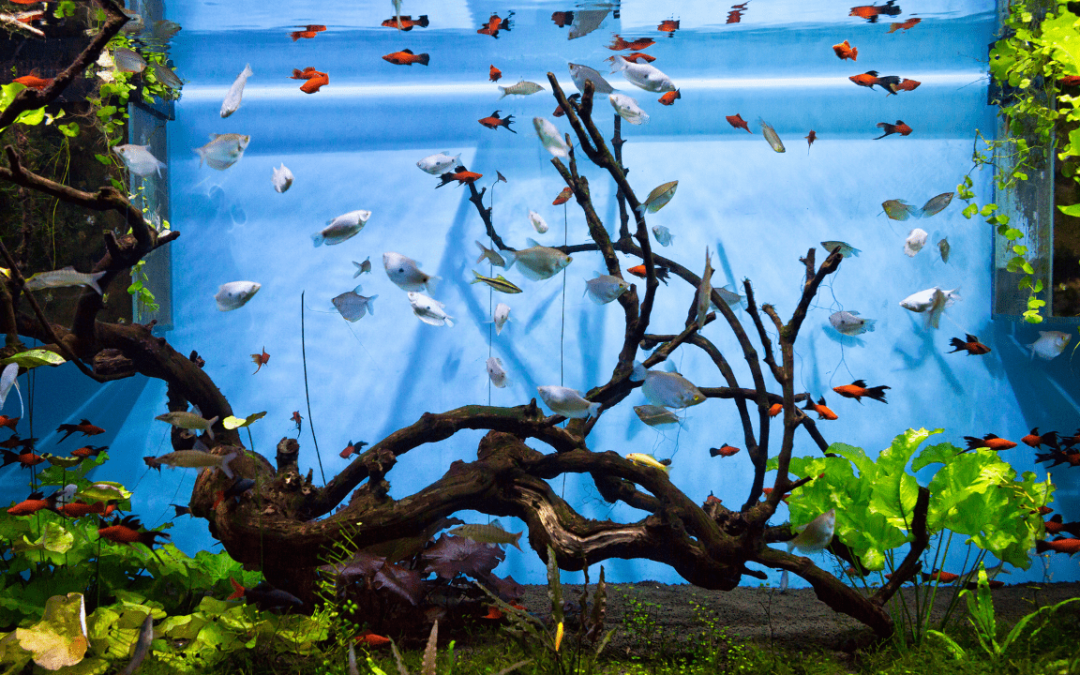
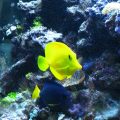
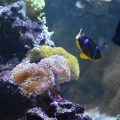
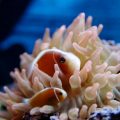
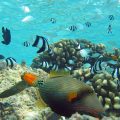
 Author and long-time animal lover. Sharing knowledge on pet care through experience and the written word.
Author and long-time animal lover. Sharing knowledge on pet care through experience and the written word. 